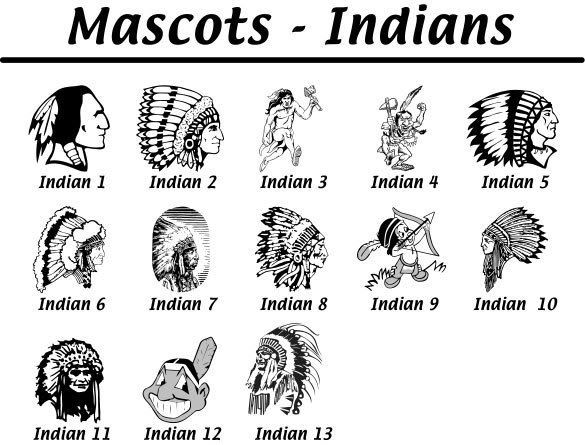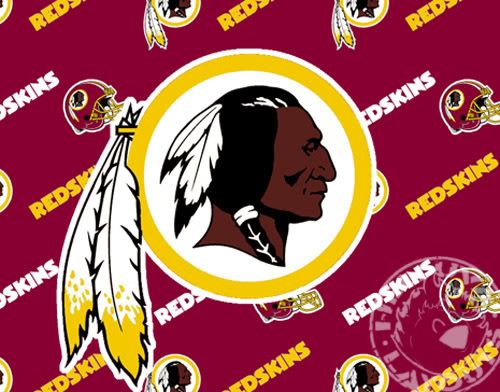Would institutionalized racism against American Indians have aided the approximately 68 Caucasian individuals to commit hate crimes against American Indians?
FBI HATE CRIME REPORT SHOWS INDIANS REMAIN MOST OFTEN ASSAULTEDTULSA, Okla. – Crimes of hate against American Indians totaled 75 incidents in the nation during 2007, said a Federal Bureau of Investigation report. While the overall number of crimes against Indians mirrored 2006’s 75 incidents, the overall number of hate crimes dipped, according to the report. The federal law enforcement agency culled data from over 13,000 agencies across the nation.
Crossposted at Native American Netroots
Race remained a strong motivation of hate crimes outranking religious and sexual discrimation. Whites were reported as the largest group of offenders, 3,800, across all racial groups. Over 9,000 total incidents occurred last year that included mainly intimidation in 22 of the 76 incidents involving Indians, the agency said. In the 75 Indians-as-victim race incidents, only 7 of them were committed by other Indians, the report shows.
Oklahoma Indian activist Brenda Golden said the reason Indians figure so highly among race groups for incidents on hate crimes is that natives are historically viewed as scapegoats in the American conscience. “People are gonna prey on the weak,” she said.”And we are weak because of 500 years of oppression.” Golden said that resentment from general society characterizes Indians as receiving ill-deserved social benefits like food, health care and casino dividends. With these misperceptions, others view Indians as prime targets that arise from frustration and other factors. “People think we get all these benefits when don’t,” she said. “And they also associate us with the past…that we killed white people indiscriminately when we were fighting for our land.”
What institutionalized racism against American Indians might have aided the approximately 68 Caucasian individuals to commit hate crimes against American Indians? Furthermore, why might have the approximately 68 Caucasian individuals who committed hate crimes against American Indians “associate us with the past…that we killed white people indiscriminately when we were fighting for our land?”
WHEREAS many Native American individuals across the United States have found Native American nicknames, logos and mascots in sport offensive and called for their elimination;
AND, WHEREAS the continued use of Native American nicknames, logos and mascots in sport has been condemned by numerous reputable academic, educational and civil rights organizations, and the vast majority of Native American advocacy organizations, including but not limited to: American Anthropological Association, American Psychological Association, North American Society for the Sociology of Sport, Modern Language Association, United States Commission on Civil Rights, National Association for the Advancement of Colored People, Association of American Indian Affairs, National Congress of American Indians, and National Indian Education Association;
NOW, THEREFORE, BE IT RESOLVED, THAT THE AMERICAN SOCIOLOGICAL ASSOCIATION calls for discontinuing the use of Native American nicknames, logos and mascots in sport.
Why might have the approximately 68 Caucasian individuals who committed hate crimes against American Indians “associate us with the past…that we killed white people indiscriminately when we were fighting for our land?”
American Indian Sports Teams Mascots, Tokens, Nicknames, Logos and Associated SymbolsThe misconceived, self-serving concept of American Indian people being universally inclined toward particularly war-like and violent behavior historically allowed for the justification of heinous acts committed against Native Peoples in the name of “civilizing” the so-called “primitives.” By continuing to portray First Nations in this manner via association to the intrinsic aggression and violence found in many sporting activities, this same rationalization is erroneously continued to this day and carries with it serious negative consequences for contemporary Native Peoples.
While it cannot be authoritatively said that the uses in question are a major factor in the phenomenon, according to the United States Department of Justice, American Indian people are more than twice as likely to be victims of violent crime than any other group of Americans. Perhaps even more tragic is that American Indian children and young adults also suffer a much higher incidence of suicide than their non-Native social peers and ethnic groups.
While some or many admit that the rhetoric at the Palin rallies during the election aided threats against Obama, some or many will not admit that violence against Native Americans is made more probable by the institutionalized racism that is American Indian sports teams mascots.
(Italics and underline mine)
Consent decree signed in Maine hate crime case
AUGUSTA, Maine-Five people accused of threatening and assaulting a group of Native Americans in eastern Maine have been ordered to stay away from the victims as part of a consent decree…The defendants are accused of getting out of their car armed with two-by-fours, sticks and pipes, yelling racial epithets and assaulting some of the Indians.
Men attacked members of Passamaquoddy Tribe“Come on, let’s get the Indians,” one of the men said, according to a complaint filed by the state. Other anti-Indian slurs were yelled during the attack.
No hate crime charges for men in ‘dirty Indian’ attackThree men who yelled “dirty Indian” and other slurs at an Indian county commissioner won’t face additional hate crime charges for the September 20 attack in Great Falls, Montana.
Some or many will not admit that violence against Native Americans is made more probable because of the institutionalized racism that is American Indian sports teams mascots, even if it is true – and it probably is.
Hate crime is basically bias-motivated crime. A bias-motivated crime is “a crime in which the offender is motivated by a characteristic of the victim that identifies the victim as a member of some group toward which the offender feels animosity” (Garofalo & Martin 1992). The criminological literature is scarce on hate crime (Berk, Boyd & Hamner 1992). Recent years have seen a movement to collect data and define terms more thoroughly, but with few exceptions, few advances have been made in theoretical criminology. The sociological literature on collective violence (Smelser 1962) is somewhat helpful in explaining hate crime, but much of it is restricted to analysis of related, but different, social behavior like mobs, lynchings, crowds, and riots. As a summation of that literature, three (3) sociological explanations have existed historically, all revolving around the presumed “social” or symbolic status of the victim; i.e., victims being sought out primarily because their social group is seen in some negative light:
1. Group competition over scarce resources (Grimshaw 1969)
2. Long-standing social rituals (Nieburg 1972)
3. Early socio-psychological trauma (Sterba 1969)These are all explanations of the behavior, not necessarily of the stereotypical thought processes behind the behavior. Although the study of stereotypes can provide useful information (Stephan & Rosenfield 1982), there are a number of other, more important attributes of hate crime that make them more than symbolic…




9 comments
Skip to comment form
Author
I grew up very close to the Lummi nation, geographically. There were stories at my high school about things people did which would not been out of place in the deep south of Bull Connor. And that was in a basically liberal university town which prided itself on it’s tolerance. Black? Well, except for visiting profs, there pretty much weren’t any black people…but people spoke idealistically about race. Sexual orientation and gender? Eh. Can’t really rank that one well, you’re a non-person in a different sort of way if you’re “too” queer. But indigenous people? Just mention it, and this vile stream of shit would come out of people’s mouths. Still does.
Keep fighting the good fight brother.